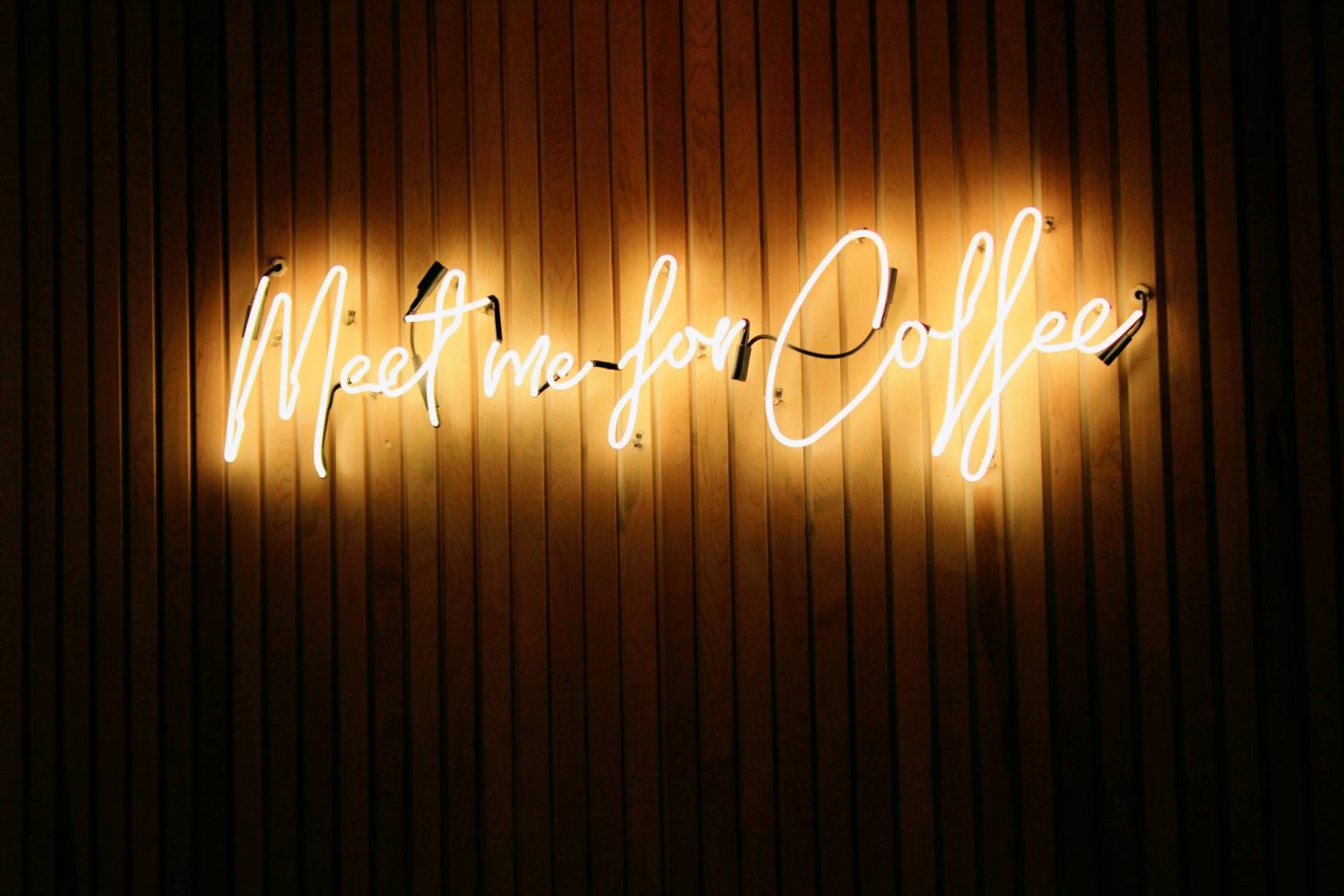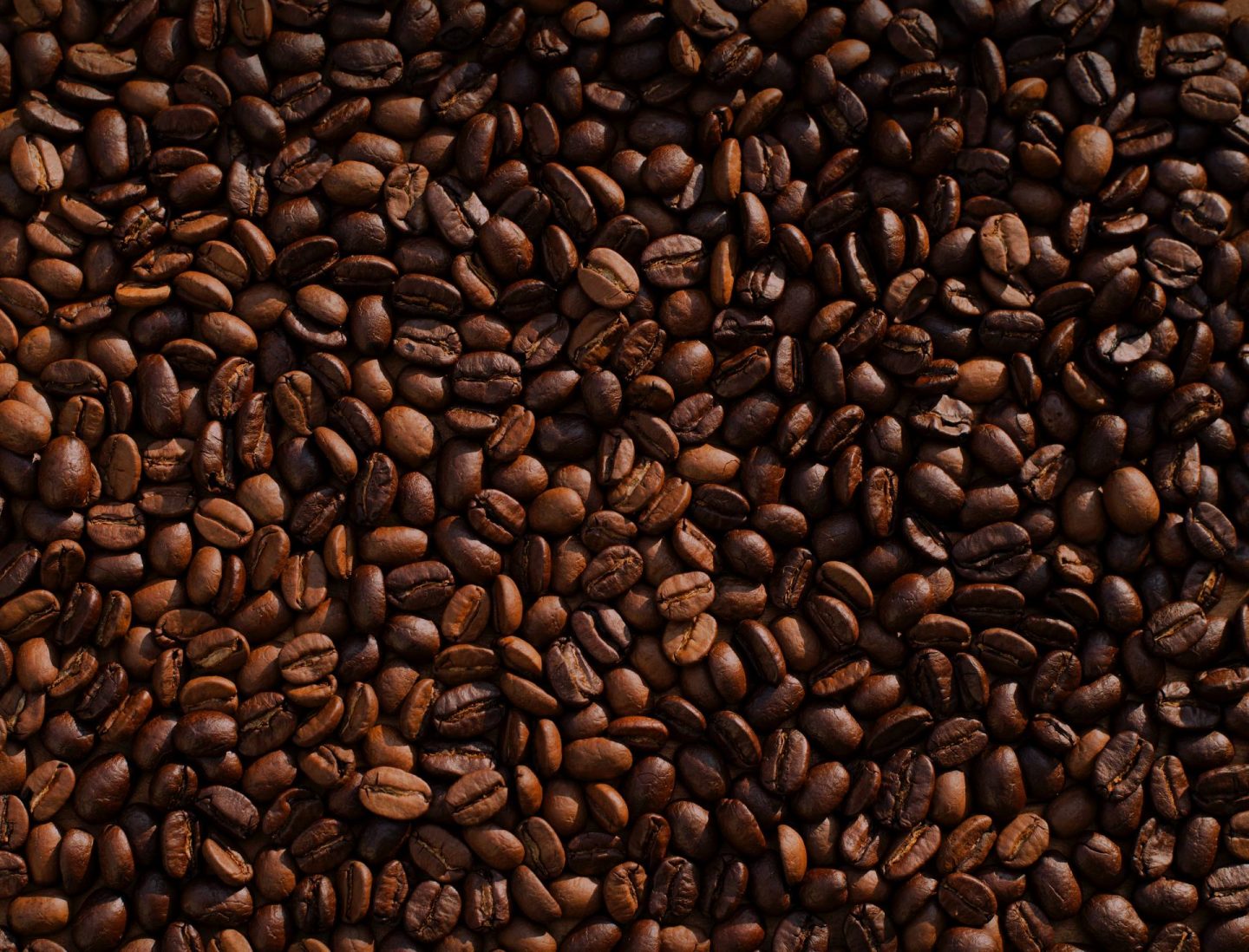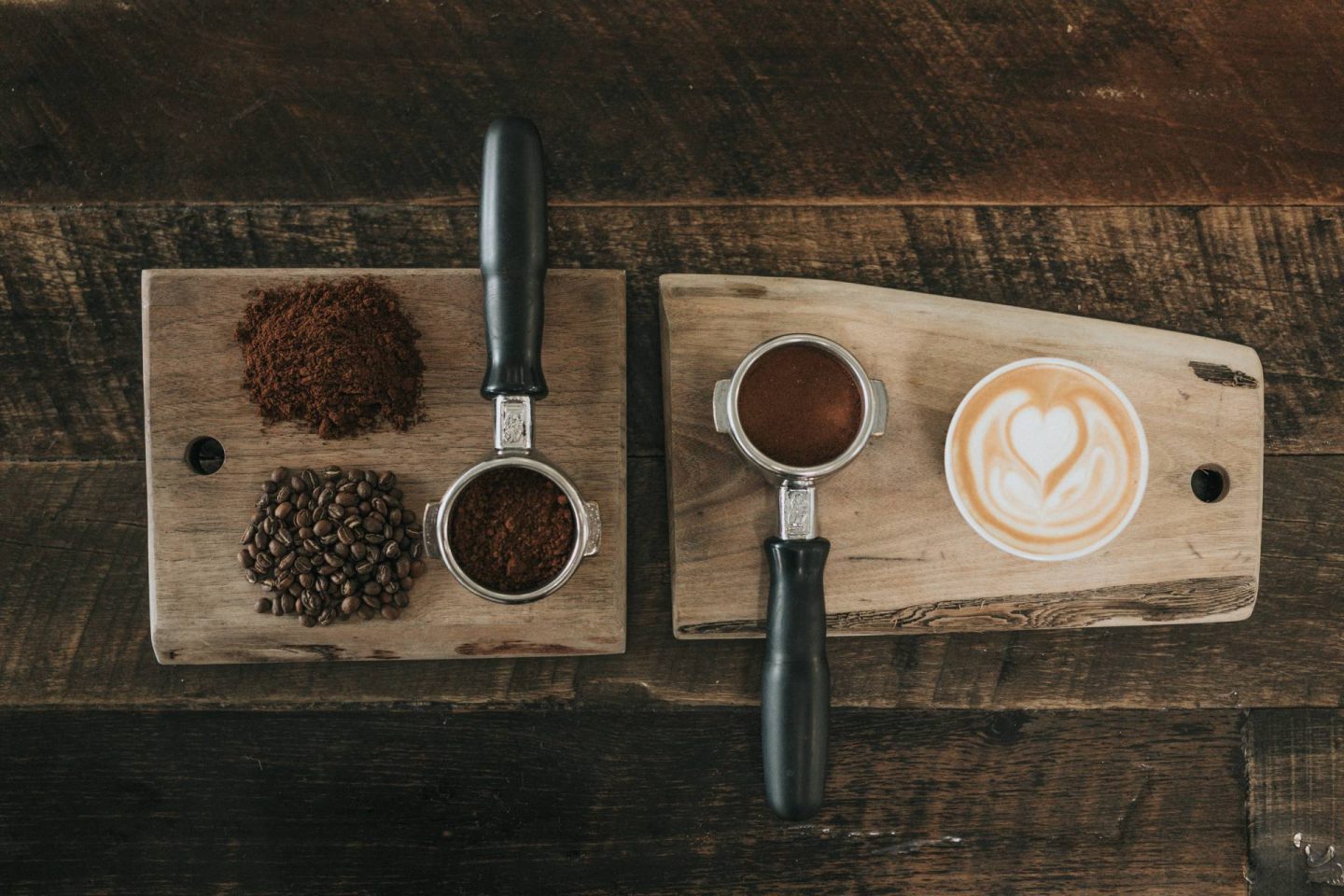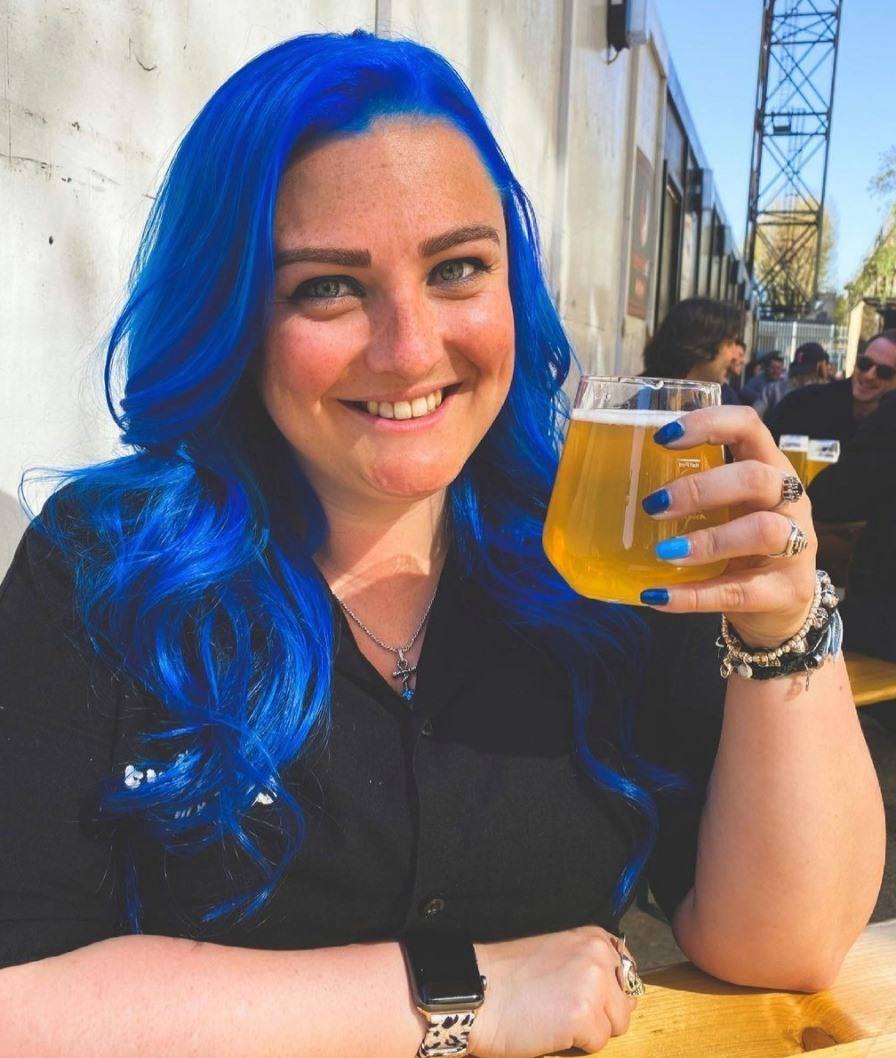The pleasure you find in a perfect cup of coffee is unique. With so many offers around, how can you discover the best coffee? The connoisseurs use some basic criteria that they never fail – these tricks will always help you choose a quality coffee.
From the plantations from which it is harvested, through sorting, storage and transport to the production process, the coffee goes a long way to reach your cup. Many coffee brands use a production process divided into several stages: tasting and selecting green coffee in the laboratory, transport to the factory, storing, frying, making the recipe, grinding, packaging and storage of the finished product. The entire process of transportation, roasting and primary packaging is automated and supervised by specialized personnel.

The trip to the factory can take three months
In order to maintain the quality of the beans, the coffee is transported in double bags that are placed in lined containers and provided with bags that absorb moisture. Even so, coffee is compulsory tasting on arrival, and several times until it blends. In the coffee laboratory, the specialists carefully analyze the coffee beans, so as to determine its quality, before getting into production.
How pleasant is the first sensation of the coffee you drink in the morning, before the start of your day! Just imagine drinking your coffee while reading the newspaper, listening to music in the morning or while playing some classic arcade games in a UK casino? These activities will surely engage your mornings and the coffee you drink will add a special touch to each day. Whether you allow yourself the pamper to enjoy it gently, or you have to drink it on the run, the first mouthful of coffee instantly awakens your senses and engages you at your daily pace.
If you get used to this taste, you will start enjoying it, even more, then your relationship with coffee is special and you have to make the best choice to enjoy your favourite flavour.
How can you discover the best coffee when you have so many offers around?
If you do not buy coffee beans and do not grind it yourself, you have a choice between the countless assortments of packaged ground coffee. There are a lot of products to choose from, but the main problem is that you have to do it without having direct contact with the product. You should test, buy and see if you like, but chances are you will quickly find what you like. And, basically, if you want to play the lottery, it would be easier to complete a ticket at an agency! In the coffee world, the choice you make must be based on clear criteria.
If you’re looking for Wholesale coffee pods to buy in bulk then you have lots of online options to choose from. Plenty of brands like SS Nutra offers single-serve coffee pods in boxes of 12 or more and you can chose between Medium Roast, Medium Roast Decaf and Espresso! You can also find shops that supply wholesale coffee beans in massive bags, perfect for when you find a particular brew or brand that you like. Just don’t go too overboard and buy more than you’ll use in your lifetime!
What is coffee and where does it come from?
Coffee is an evergreen shrub that grows in the equatorial areas between the Tropic of Cancer and Capricorn. The coffee bean is the seed of a red or yellow fruit, called a cherry, in which there are two grains, face to face, on the flat side. They are wrapped in a thin and delicate shell (called silverskin), covered by a hard membrane (called parchment), surrounded, in turn, by a sweet gelatinous layer.
Coffee is grown in over 80 countries around the world, with the largest producers being Brazil, Vietnam, Colombia, Indonesia and Ethiopia. Although there are many species belonging to the genus Coffea, only two species are important to consumers: Arabica and Canephora (or Robusta).
The differences between Arabica and Robusta
Each has its strengths, but Arabica has more attributes. Currently, two-thirds of the world’s coffee production is Arabica, the largest producers being Brazil and Colombia. Although they seem similar, there are some significant differences between the most popular coffee species: especially the price, Arabica can be quoted about 3 times more expensive on the coffee market. Its value is increased by its much more complex needs to be cultivated and harvested.
Being a finer and more demanding variety, each coffee cherry is picked manually. On one branch are all the growth stages, from the flower, unripe green cherry, to the red cherry. The harvesters pass several times among the same shrubs, with their evolution and ripening and only pick the perfectly cooked cherries. In Robusta, harvesting is done mechanically with a machine that shakes the shrubs, with the risk of collecting also green beans or too ripe and already altered, which are then found in the taste of the cup.
Form
The Arabica beans are slightly larger and have an elliptical shape. Robusta ones are smaller and rounder. But there are also structural differences between the grains of each assortment, which explains why they roast differently under identical conditions.
Chemical content
The high level of caffeine and hydrochloric acid in Robusta keeps insects and other pests away, but gives them a bitter taste. It contains two more caffeine (2.3%) than Arabica (1.2%) and is more resistant. But Arabica has more than 60% more lipids and an almost double concentration of sugars compared to Robusta.
These differences play an essential role in the frying process: Arabica develops over 800 aromatic compounds and is a sweeter, smoother coffee.
The coffee trip to your cup
Green coffee has no coffee flavour at all. During roasting, the coffee develops between 800 and 1,000 different flavouring substances, changes colour, loses between 10-20% of weight and increases in volume.
Each manufacturer processes it according to its recipe. For example, to show off all its aromas, some coffee brands roast medium-open coffee. At too light a frying, the aroma would be undeveloped, rawer, and at more intense frying, the fruity-floral aromas would disappear and the coffee would become bitter. Most of the time, the defects of a lower quality of coffee also fade as a result of a stronger roast, which may be a tactic for some coffees to give the impression of a more “intense” taste and to hide defects such as fermented grains.
The intelligent blend of several coffee origins enhances the aromas of each and the taste found in the cup. The mixtures with Arabica are sweeter and aromatic, while the blends in which Robusta predominates are more bodily, intense and bitter. After roasting, the different origins of coffee are mixed in controlled quantities, according to the recipe.
With a few basics, with the simple tips of the connoisseurs and with a little patience you can meet faster with the coffee you will love. How will you recognize it? Well, of course, you will not fail: it will be love at the first tasting!
There are many ways to prepare your coffee to your liking, so you can enjoy it every day. Experts say Arabica is the best choice, but actually, you choose what you like! Even if you prepare it with the filter, the expressor or The Iberian recipe, it doesn’t matter as long as you’ll love it.


